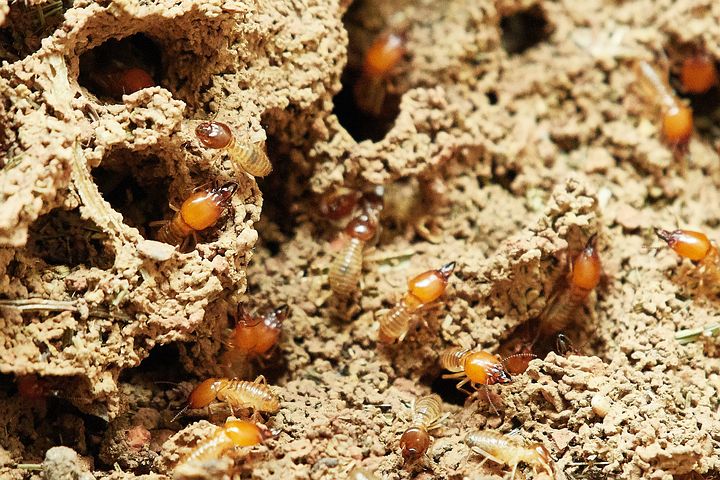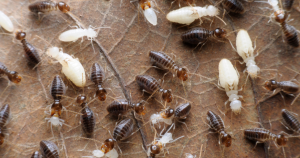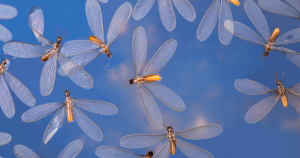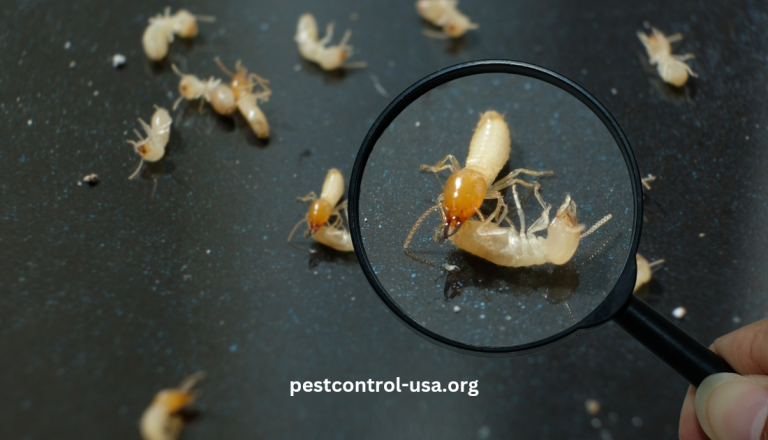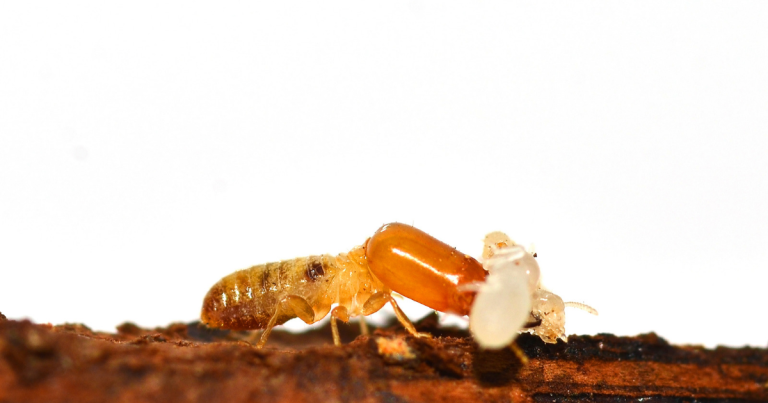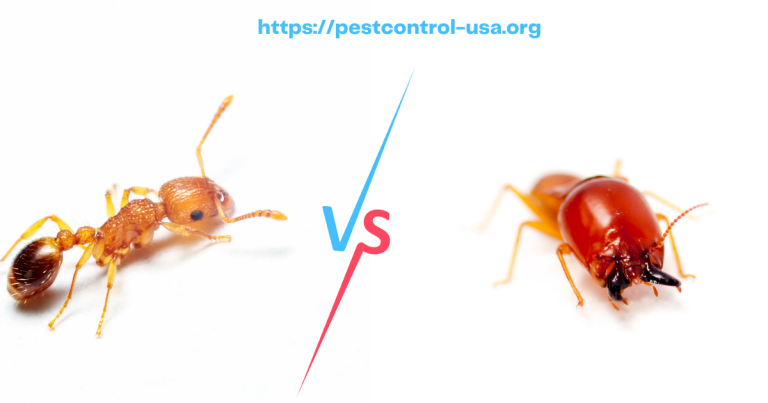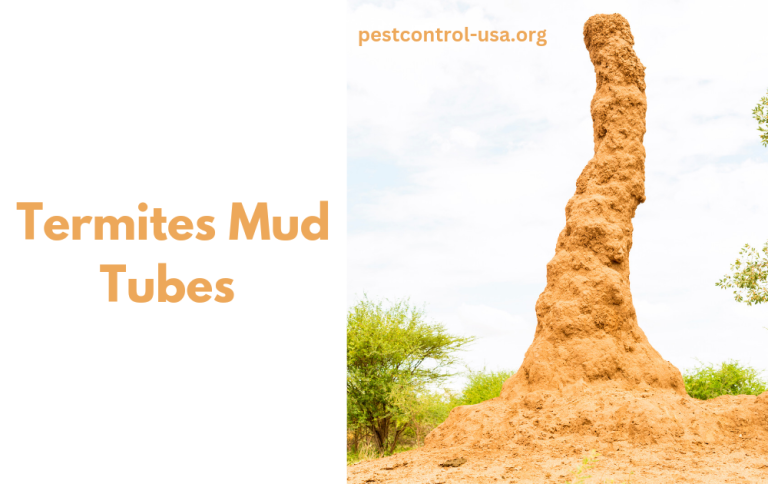Many people believe that termites are nocturnal insects because they are most active at night. However, this is not always the case. While termites may be more active during the night, they can also be active during the day. It all depends on the species of termite and the time of year.
There are three main types of termites: drywood termites, dampwood termites, and subterranean termites. Out of these three, subterranean termites are the most active during the night. This is because they need to stay moist and cool, and the temperature underground is more stable at night. Drywood and dampwood termites are more active during the day because they need to stay above ground where it is warmer.
The time of year also affects how active termites are. During the spring and summer, when temperatures are warmer, all types of termites are more likely to be active during the day. In the fall and winter, when temperatures drop,termites are more likely to be active at night.
So, are termites nocturnal? The answer is it depends. It all depends on the type of termite and the time of year. Subterranean termites are more likely to be active at night while drywood and dampwood termites are more likely to be active during the day. However, all types of termites are capable of being active both day and night depending on the temperature and time of year.
Are Termites Seasonal?
Many homeowners are surprised to learn that termites are actually seasonal pests. Here in the United States, there are two primary species of termites that cause concerns for homeowners: drywood termites and subterranean termites. The former are more prevalent in coastal regions while the latter is more common inland. Of the two, subterranean termites are by far the most destructive.
Each year, these pests cost American homeowners billions of dollars in damage repairs. In order to prevent an infestation, it is important to be aware of their seasonal patterns. Here is a brief overview of what you need to know about seasonal termite control.
Subterranean Termite Swarms
Subterranean termites typically swarm in late winter or early spring. These swarms usually take place on warm days following a period of rain. If you see what appears to be flying ants near your home during this time frame, there is a good chance they are actually swarmers (winged adult male and female termites) looking for a new place to establish a colony.
Drywood Termite Swarms
Drywood termite swarms typically take place during the late summer and fall months. These pests are active throughout the year, but they tend to be more visible during this time due to their swarming behavior. If you see swarmers near your home during the late summer or fall, it is important to have them identified by a professional as soon as possible so that proper treatment can be administered if necessary.
Homeowners need to be aware of the seasonal patterns of both drywood and subterranean termites in order to prevent an infestation. If you see what appears to be flying ants near your home during the late winter or early spring, there is a good chance they are actually swarmers (winged adult male and female termites) looking for a new place to establish a colony. Drywood termite swarms typically take place during the late summer and fall months. These pests are active throughout the year, but they tend to be more visible during this time due to their swarming behavior. If you see swarmers near your home during the late summer or fall, it is important to have them identified by a professional as soon as possible so that proper treatment can be administered if necessary.
Read: How To Get Rid of Termites In Your Home ?
Are There Black Termites?
Black termites are technically not a thing. Though, you may have seen what some people call black termites. These “black termites” are actually a variety of flying ant. So, if you think you have black termites, don’t worry, you don’t have a new species of termite in your home.
What do Black Termites Look Like?
The “black termite” most people are referring to is actually a winged ant. These winged ants can be a few different species, the most common being the carpenter ant and the pharaoh ant. Carpenter ants get their name because they tunnel into wood to build their nests which can cause damage to your home. Pharaoh ants are often considered pests in hospitals and other commercial buildings because they are difficult to get rid of once they infest an area.
Though these winged ants may look like termites, they don’t share many characteristics with actual termites. For example, carpenter ants have narrow waists while termites have broad waists. Also, carpenter ants have elbowed antennae while termites have straight antennae. If you zoom in on a carpenter ant or pharaoh ant, you can see these differences yourself. Take a look at the picture below to see these black “termites” up close.
Termite inspectors are trained to identify these types of insects so that homeowners can rest assured that there is no actual infestation of wood-eating insects in their home.
Carpenter Ants vs Termites
Despite the fact that carpenter ants do not eat wood like actual termites, they still pose a problem for homeowners. As mentioned earlier, carpenter ants nest in wood so if there is already water damage in your home from another source, carpenter ants will make the problem worse by carving out their own chambers and tunnels in the softened wood. If left untreated, this sort of infestation can cause structural damage to your home which would be expensive to repair.
Luckily, if you think you have carpenter ants in your home, there are a few things you can do to get rid of them and prevent them from coming back:
• Clear away any fallen branches or other sources of moisture near your home as these can attract carpenter ants
• Repair any leaks in your plumbing or roof as dampness will also attract carpenter ants
• Use caulk or sealant to fill any cracks or holes on the exterior of your home as these provide an easy entry point for carpenter ants
• Remove any stumps or rotting logs from your property as these provide nesting sites for carpenter ants.
If you follow these preventative measures and find that you still have carpenter ants in your home, reach out to a pest control expert for help getting rid of them for good!
While there is no such thing as black termites, there is such a thing as winged ants that resemble black termites. These insects are called Carpenter Ants and Pharaoh Ants and though they don’t eat wood like true termites, they can still cause problems for homeowners by nesting inside wood and causing further damage. If you think you have black termites in your home, don’t worry—there is no need to call an exterminator just yet! Take a close look at the insect in question and compare it to the pictures and descriptions provided in this blog post. If it matches up with what we’ve described here, then all you need to do is take some preventative measures around your property and take steps to eliminate moisture sources which will help keep these pests away!
Are Winged Termites Bad?
Winged termites are a type of termite that has two pairs of wings. These wings are equal in size and shape and have a complex network of veins running through them. Winged termites are usually dark brown or black in color. You may have seen these flying around your home and wondered if they were anything to be concerned about. Here’s what you need to know about winged termites.
The Good: Winged termites are actually beneficial to the environment. They help in the decomposition of dead trees and other organic matter. This process returns much-needed nutrients back into the soil. Winged termites also play a role in aerating the soil, which helps plants grow better. In some cultures, winged termites are considered a delicacy and are eaten as food.
The Bad: While winged termites are good for the environment, they can be bad for your home. If you see them inside your house, it’s an indication that there is a termite problem. These flying insects are attracted to wood, so if they’re present in your home, there’s a good chance that they’re munching on the wood framing of your house. This damage can ultimately lead to the collapse of your home if left unchecked.
The Ugly: Winged termites can be bothersome because they often swarm near lights at night. This phenomenon, known as “phantom swarming,” occurs when winged male and female termites leave their nests in search of mates. They’re attracted to light, so if you have them swarming around your porch light at night, it can be quite disconcerting! Luckily, phantom swarming doesn’t last long—usually only a few days—and poses no threat to humans or animals.
Winged termites can be both good and bad depending on the situation. If you see them inside your home, it’s indicative of a termite problem and you should contact a pest control professional right away. However, if you see them outside Swarming around lights at night, there’s no need to be alarmed—it’s just their way of finding mates!

